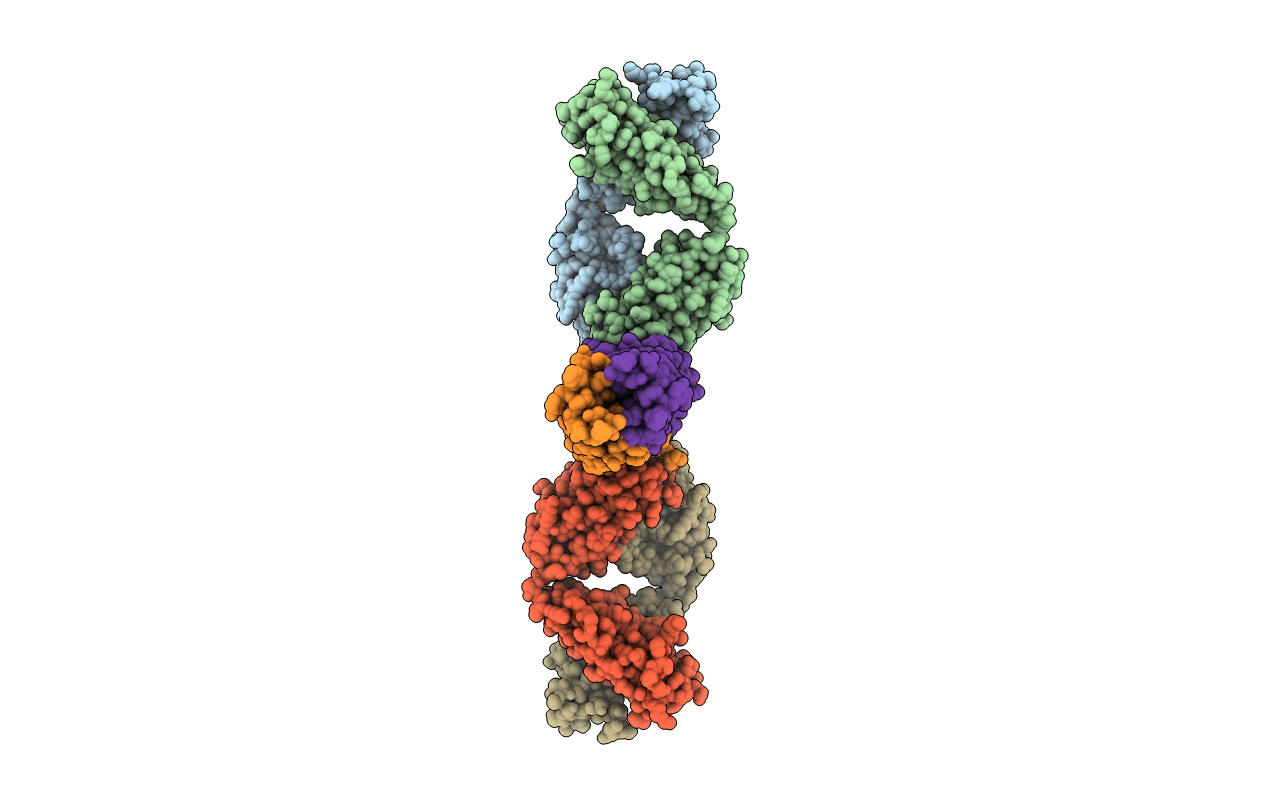
Deposition Date
2017-02-21
Release Date
2018-11-14
Last Version Date
2024-11-06
Method Details:
Experimental Method:
Resolution:
1.96 Å
R-Value Free:
0.24
R-Value Work:
0.19
R-Value Observed:
0.20
Space Group:
P 1 21 1


